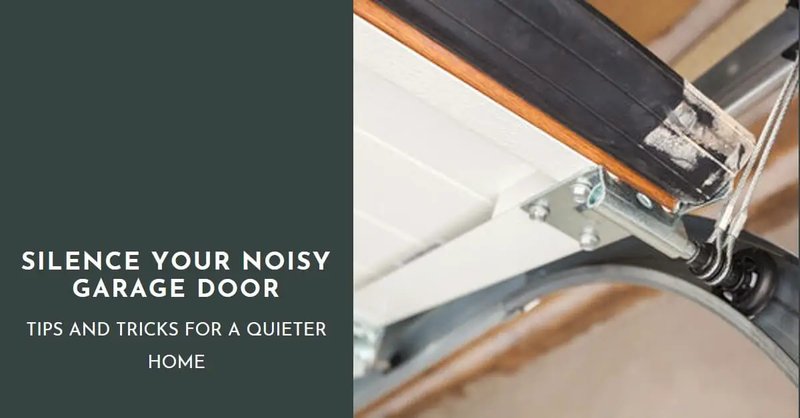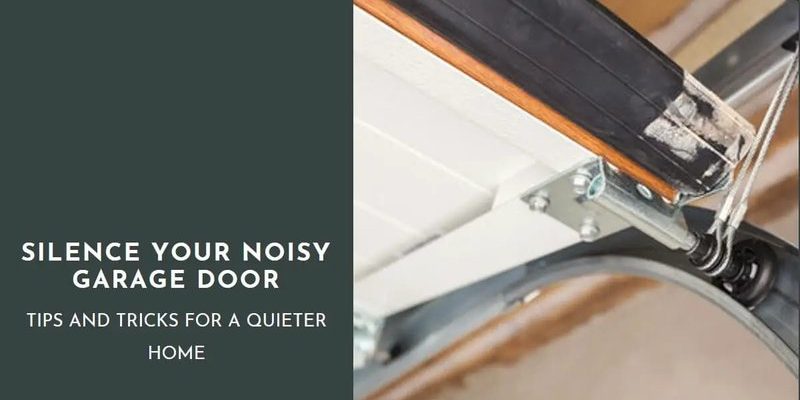
Picture this: you’re in a cozy corner of your home, and the loud *scrape* of your pocket door ruins your moment of peace. Doors are meant to glide, not to squeal. Thankfully, there are several ways to quiet a noisy pocket door without relying solely on lubrication. Let me explain a few methods that can help you restore some calm in your home.
Understanding the Noise: What Causes a Noisy Pocket Door?
Before we dive into solutions, it helps to understand why your pocket door might be making those irritating sounds. Typically, noise from a pocket door can stem from a few sources. Most commonly, it can be a result of misalignment, lack of proper installation, or natural wear and tear.
– Misalignment: Sometimes, the door may not be hanging straight. Over time, this can lead to rubbing against the track.
– Wear and Tear: Just like anything else in your home, pocket doors are susceptible to wear. The rollers or tracks can become worn out, creating friction that results in noise.
– Improper Installation: If the door wasn’t installed correctly, it might not function as designed, leading to squeaks and groans.
Identifying the source of the noise can help you determine which solution will work best for your situation.
1. Realign the Pocket Door
If your pocket door is making noise, the first step is to check its alignment. A misaligned door can rub against the track, making all sorts of unpleasant sounds. Here’s how you can realign it:
1. Inspect the Door: Start by looking at the door from different angles. Does it sit evenly in the pocket? If one side is higher or lower than the other, it needs adjustment.
2. Adjust the Rollers: Most pocket doors have rollers that can be adjusted. You’ll usually find screws at the top of the door. Use a screwdriver to raise or lower the roller on the misaligned side until the door hangs straight.
3. Test the Door: After adjustments, gently slide the door back and forth. You should notice a difference in the sound and movement.
Realigning a pocket door may seem intimidating, but it’s often a straightforward fix that can greatly reduce noise.
2. Tighten or Replace Hardware
Over time, the hardware that holds your pocket door in place can become loose or damaged, leading to noise. Addressing this issue can be simple:
– Check Screws and Bolts: Regularly inspect the screws and bolts on the door and the track. If any are loose, grab a screwdriver and tighten them up. This can often minimize unwanted noise.
– Replace Worn Hardware: If you notice any rust, corrosion, or breaks, consider replacing those parts entirely. Sometimes, even a small component can make a big difference in function and noise level.
Taking care of the hardware can help maintain smooth operation and reduce any creaking sounds.
3. Install Sound-Dampening Materials
Sometimes, solutions go beyond mechanical fixes. Installing sound-dampening materials can help absorb the noise your door makes. Here’s how you can go about it:
– Acoustic Panels: Adding some acoustic panels to the sides of the pocket door frame can absorb sound. These panels are designed to reduce noise and can be found in various styles to match your decor.
– Weatherstripping: Applying weatherstripping around the door frame can also help. This not only helps with noise but can improve energy efficiency too.
Using sound-dampening materials is an effective way to tackle the noise issue more holistically.
4. Clean the Track and Rollers
Dirt and debris can accumulate in the track and around the rollers, causing noise as the door slides. Keeping the track clean can help your pocket door operate more smoothly. Follow these steps:
1. Remove the Door: If possible, take the door off its track for a thorough clean. This will give you better access to the track and rollers.
2. Clean the Track: Use a vacuum or a damp cloth to remove dust and debris. A small brush can be handy for getting into tight spaces.
3. Check the Rollers: Inspect the rollers for any buildup. Clean them as well, and consider applying a small amount of silicone spray to keep them moving smoothly.
Regular maintenance can go a long way in prolonging the life of your pocket door and keeping it quiet.
5. Replace the Entire Pocket Door System
If you’ve tried everything and your pocket door is still noisy, it might be time to consider replacing the entire pocket door system. While this is a more involved step, it can be a worthwhile investment for long-term peace and functionality.
– Choose High-Quality Materials: When selecting a new pocket door system, look for quality materials that promise durability and quiet operation. A well-made system will likely have smoother tracks and better rollers.
– Professional Installation: While DIY projects can save money, a professional installation can ensure everything is set up correctly. This can greatly reduce noise and improve overall performance.
Although this may seem like a last resort, investing in a quality pocket door system could save you from ongoing frustration.
A noisy pocket door can disrupt your peace, but with a few thoughtful approaches, you can silence it for good. From realigning the door to considering sound-dampening materials, there are multiple ways to address the issue beyond simple lubrication. Each method varies in effort and effectiveness, so choose what works best for your situation.
Keeping your pocket door functioning quietly isn’t just about fixing the problem; it’s about enjoying the comfort and tranquility of your home. Remember, a little maintenance can go a long way, keeping your space peaceful and your door gliding smoothly.
